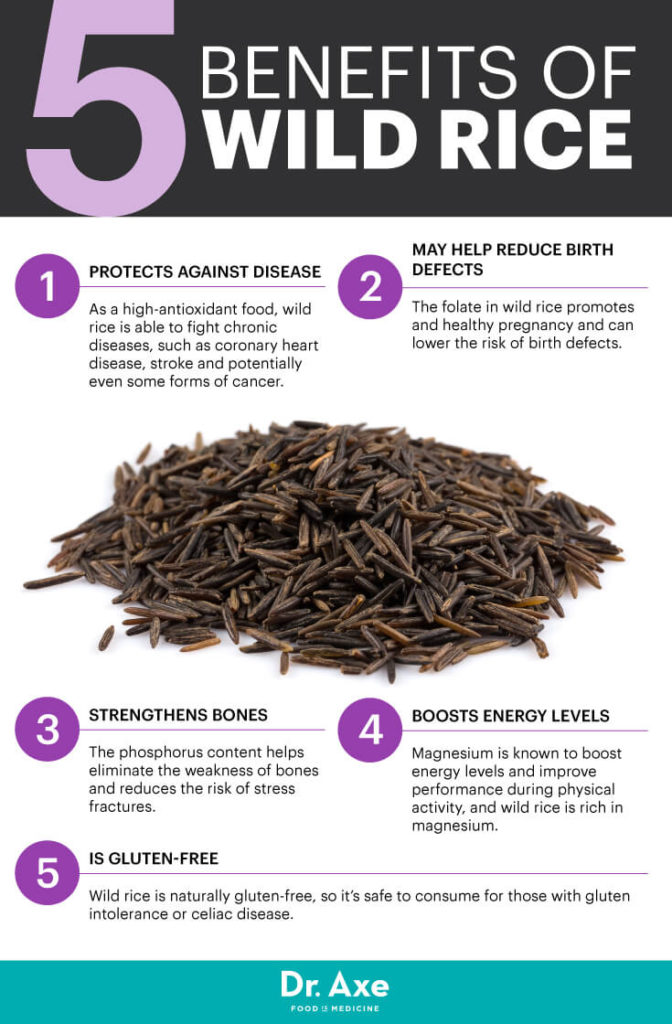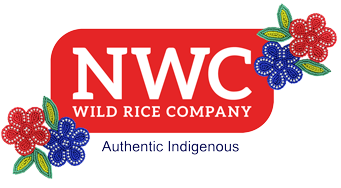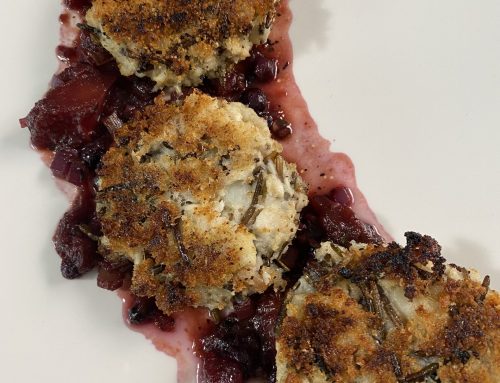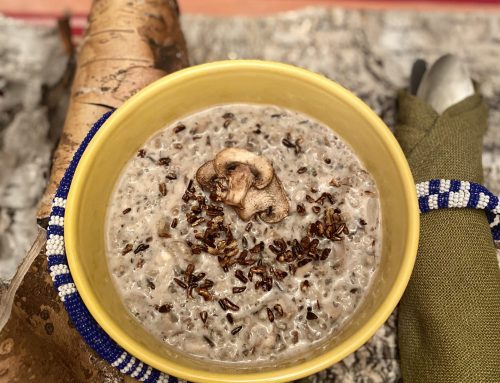Nutritional Qualities of NWC Wild Rice
 Our wild rice comes from clean lakes and rivers. It is certified organic, with no GMOs or pesticides or anything damaging involved in its growing or harvesting.
Our wild rice comes from clean lakes and rivers. It is certified organic, with no GMOs or pesticides or anything damaging involved in its growing or harvesting.
Zizania is the latin name for the genus of plants that produce wild rice. It grows in slow-moving waters. There is a flowering head of the plant that emerges above the water, and offers up the wild rice grains.
This plant was introduced to our waters in the 1970s. It has flourished here.
Wild rice is more nutritious than brown rice. It has more protein, Vitamin B, and offers more fibre.
It’s low in calories (116 calories per cup), and fat, too (0.6 grams of fat per cup). So we can call it “diet”, if we want!
Wild rice is naturally gluten-free.
It lasts in your cupboards for a long time, if you keep it in a cool, dry place out of the sunshine.
- MORE NUTRITIOUS THAN BROWN RICE: Organic Wild Rice has more protein, fiber, and B vitamins than any other rice.
- GLUTEN-FREE, ORGANIC PRODUCT: Organic, non-GMO wild rice from Food To Live is safe for any diet.
- LOW-CALORIE GRAIN: Enjoy organic wild rice on a diet as it only has 116 calories per cup and has only 0.6g of fats.
- DELICIOUS NUTTY FLAVOR: Wild organic rice has a rich nutty flavor. Use it in stews and salads or make rice pudding.
- LONG SHELF LIFE & EASY COOKING: Buy Organic Wild Rice bulk as it stores for many months and doesn’t need pre-soaking.
Botanical Name: Zizania palustris variety
Certified organic
Origin: Canada/USA
Production: also known as Manoomin (harvesting berry), this annual native plant grows in shallow water in small lakes and slow-flowing streams and often only the flowering head of wild rice rises above the water. The grain is enjoyed by aquatic wildlife and was historically gathered and eaten in North America and China. Now it is a popular delicacy in North America but the grain is eaten less in China where the plant’s stem is used as a vegetable.
Qualities: The nutritional quality of wild rice appears to equal or surpass that of other cereals as it has a high protein and carbohydrate content, and is very low in fat. Lysine and methionine comprise a higher percentage of the amino acids in the protein than in most other cereals and serves as an excellent source of the B vitamins: thiamine, riboflavin, and niacin.
Common use: Wild rice is a nutritional grain that serves as a substitute for potatoes or rice, and is used in a wide variety of foods such as dressings, casseroles, soups, salads, and desserts. In recent years, wild rice has been used in breakfast cereals, and mixes for pancakes, muffins, and cookies.
Storage: keeps well in a sealed container in a cool, dry, and dark location
Disclaimer: this information is for educational purposes only and has not been evaluated by the FDA or CFIA. It is not intended to diagnose, treat, cure, or prevent any disease. This product has been packaged in the same facility as peanuts, tree nuts, wheat, soy, and other potential allergens.
Saskatchewan is leading producer of lake grown wild rice in Canada. This wild rice is collected from lakes in Northern Saskatchewan. A rich, nutty flavour – you can substitute wild rice for white or brown rice in any recipe. Wild Rice is an annual aquatic grass native to North America, primarily found in shallow water along the
shores of rivers, streams and lakes where the water current is slow and constant. Wild rice is richly dark, very nutritious, and naturally gluten free.
It is low in fat and contains 50% more protein than plain white rice.
With its high fibre content, wild rice helps improve digestive health and at the same time maintains a healthy weight and lowering your risk of diabetes and heart disease.
Wild rice is a good source of essential minerals such as calcium which builds strong bones and teeth and iron that prevents you from feeling tired.
Wild rice provides ten percent of the daily value for vitamin C which helps prevent cell damage and reduces risk for certain cancers, heart disease and other diseases.










